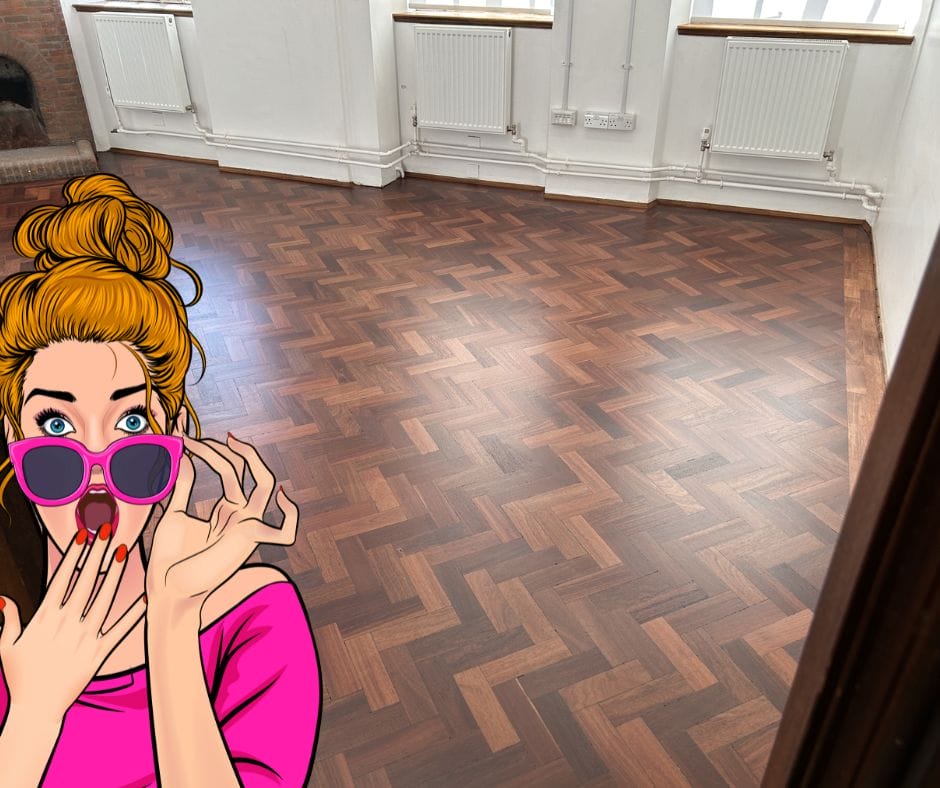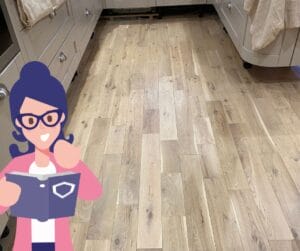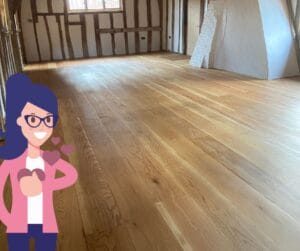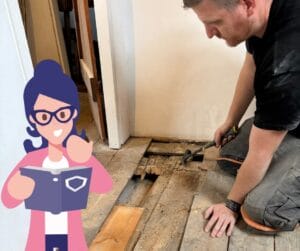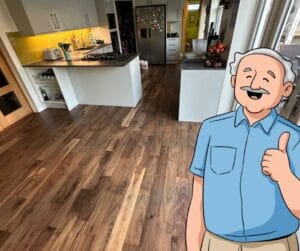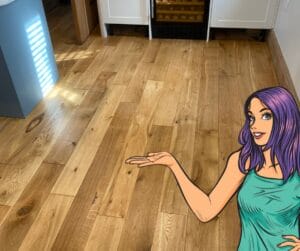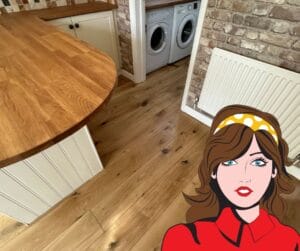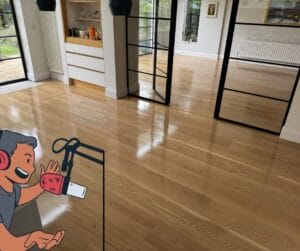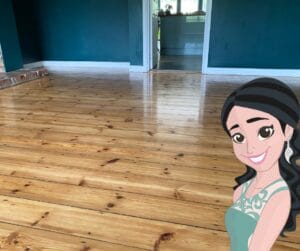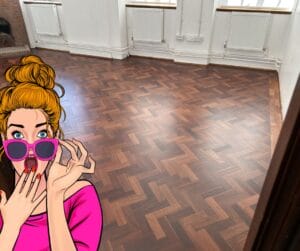Grab a coffee and get comfy — this one’s for estate teams, maintenance managers, and facilities crews across Cambridge and the surrounding counties. We’re going to look at why it’s time to refresh your university’s wood floors this summer!
When the students head home, and lecture halls fall quiet, the real work often begins. The summer downtime is your window to tackle projects that just aren’t possible during term time. And right at the top of that list?
👉🏼 Restoring and protecting your wood floors.
Why University Floor Sanding Matters
University buildings are in constant use — with seminars, lectures, exams, events, and heavy daily footfall. From historic college buildings to modern teaching blocks, wooden floors bear the brunt of it all.
Sanding and refinishing isn’t just about appearance. It’s a practical upgrade that brings:
- A smart, professional finish that elevates any space
- Improved slip resistance and surface safety
- Reduced cleaning time and maintenance costs
- Long-term protection for your floors
If your flooring is scratched, faded, or patchy — summer is the perfect time to put it right.
From Traditional Waxes to Tough Modern Finishes
They used to maintain many older university floors with wax systems or basic varnishes. These need regular upkeep and often don’t stand up to modern traffic. If you’re still waxing each summer, it might be time for an upgrade.
Modern finishes come in two standout options:
- Penetrating Oils (like Pallmann Magic Oil) offer a natural matte look and are ideal for breathable, low-impact or heritage areas. They’re also easy to repair in sections.
- 2K Lacquers (like Bona Traffic HD, Pallmann 98 Gold, or Tover Idrolak DR97) are the go-to for high-traffic spaces. They’re ultra-durable, quick-curing, and resist scratches, chemicals and constant wear.
Preparation is the Foundation
Even the best finish will fail without the right groundwork. A professional sanding and prep job should include:
- Complete removal of old coatings
- Multi-grade sanding to flatten and smooth
- Gap filling where needed
- Precise edge work along skirtings and thresholds
- Dust extraction to keep the area clean & safe
Only once they have prepared the surface can the new finish bond correctly and perform for years to come.
📅 Plan Early – Summer Gets Busy Fast
Just like exam timetables, floor sanding schedules fill quickly over summer. Many universities and colleges book their summer wood floors in months in advance — and the best contractors get snapped up first.
To stay ahead, aim to:
- Arrange a site survey before the end of term
- Group buildings or departments into one plan
- Discuss timelines early so other works (like decorating or furniture moves) can align
A proactive plan saves you stress down the line — and ensures you don’t miss your window.
What to Expect During the Works
Most university floor restoration projects are completed in 2 – 7 days, depending on the size, access, and drying time.
A reliable contractor will:
- Provide full RAMS for compliance
- Coordinate around other maintenance tasks
- Keep you informed on timings, access, and safety zones
- Use signage and barriers to manage shared areas
Choosing a one-man band might be tempting price-wise, but it comes with risks. If equipment breaks or illness strikes, there’s often no backup. Look for a team with multiple technicians and machines to keep things on track.
Avoid These Common Mistakes Made With University’s Wood Floors
Even well-managed sites make avoidable errors. Watch out for these:
- Booking too late – peak summer slots go quickly
- Choosing based on cost alone – poor prep = poor results
- Skipping surveys – the floor may look fine but hide serious issues
- Forgetting aftercare needs – not all finishes are low-maintenance
Keep It Looking Great Long-Term
When properly cared for, a restored wood floor can last 5 – 10 years before needing a full resand. That’s a serious return on investment — especially in high-use buildings.
Simple maintenance goes a long way:
- Use pH-neutral cleaners (no bleach or harsh disinfectants)
- Avoid overwetting during cleaning
- Fit felt pads to chairs and tables
- Stick to a regular cleaning routine
- Consider a light “screen and recoat” every few years in high-traffic zones
Your contractor should give tailored guidance and may even supply aftercare kits or refresh services.
🕒 Is Now the Right Time?
If your floors are worn, scratched, or looking tired — or it’s been more than 7 years since their last full restoration — this summer is your chance. With a little planning, you can tick it off before term starts again and set the tone for a smart, safe, professional space.
Book early, coordinate with other projects, and get everything done while the buildings are quiet. It’s the perfect time.
🤝🏼 Let’s Help You Make a Plan
With over 12 years of experience restoring wood floors in educational settings across Cambridge and beyond, we understand how universities operate — and what your floors go through.
We’re always happy to visit, carry out a survey, and walk you through the best options for your campus spaces — no pressure, just helpful advice.

